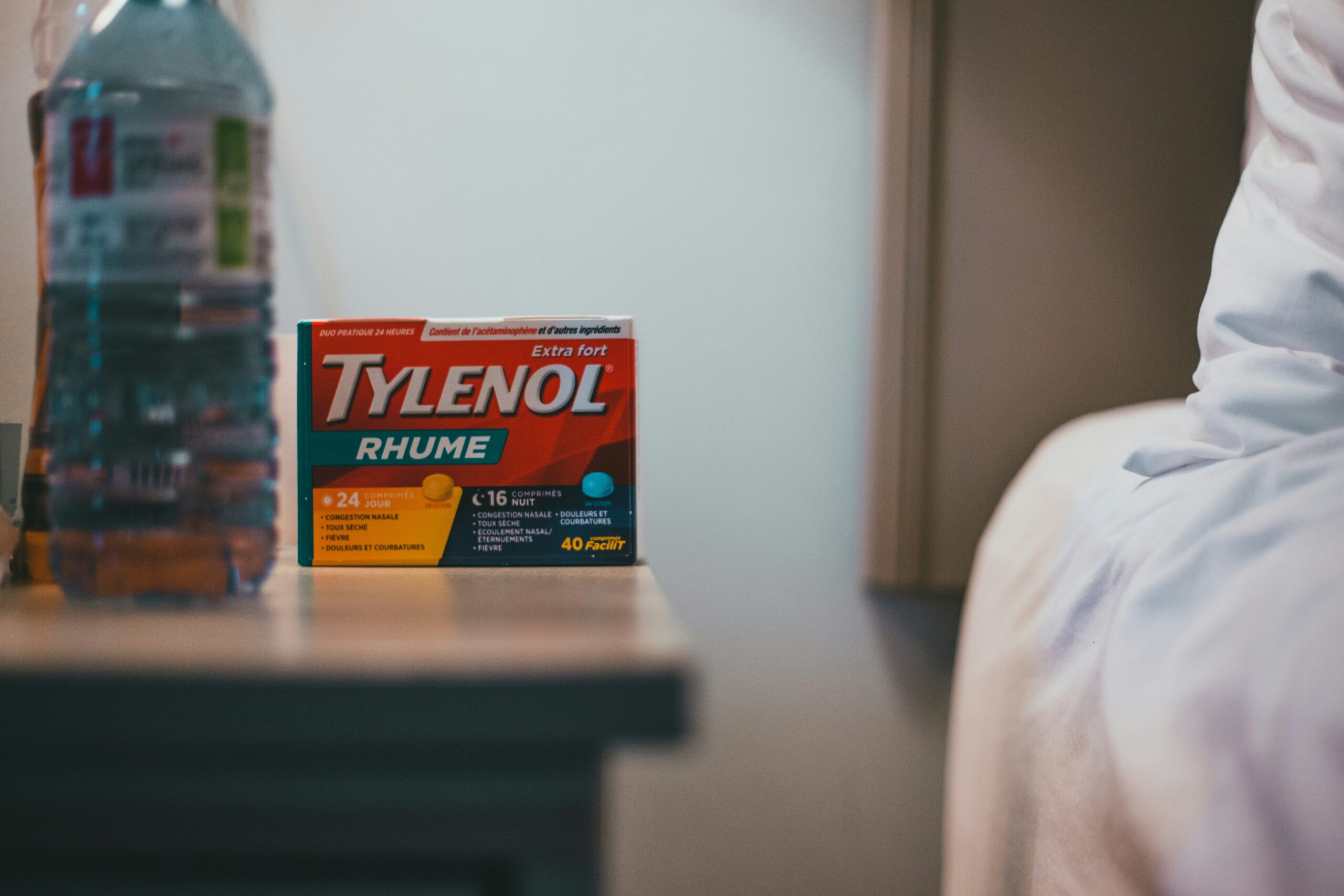A contusion or bruise caused by a punch or a solid hit to the body is when the blood vessels beneath the skin are torn. Owing to these cuts, the capillaries get busted, and subsequently, the blood is constrained to be ingested by the adjacent tissues, so torn blood isn't there. The dim spots start with ruddy or purplish blue and, after that, get green or yellow, whereas mending the bruise looks like an inquisitive craftsmanship piece that features a life and changes color over time.
Besides, contusions are not cuts or scraped spots, which are outside wounds. The bloodied skin that results from the broken blood vessels is, in any case, the as it were portion of the skin that's harmed, whereas the rest is still intact. Whereas they can be the source of aggravation to more profound tissues like muscles and, indeed, bones, they are, for the most part, not unsafe, and, in a few cases, they recuperate on their claim without the requirement for therapeutic consideration. Be that as it may, brain contusions are genuine wounds that require quick treatment. Instruction concerning wounds, their causes, and treatment supports avoiding advanced irritation of the side effects.

Contusions are the most common injuries that nearly everyone has a chance of getting. Almost all bruises are the result of falls, accidents, or slips of practically everybody. To clarify, regular bruises are not significant until they either create more than expected or influence a delicate area. Exercise is a cause of bruises, particularly in sports. In contact sports like martial arts, soccer, and rugby, players risk getting contusions as they run.
On average, children get their average of bruises. There are days in which children do not have supervision, and they get hurt daily by tripping and hitting objects. People aged 60 and above are bruising more easily because of the change of skin due to aging. The skin becomes thinner, the blood vessels are less elastic, and the fat amount is reduced. Usually harmless and self-healing, contaminants can be malignant if not treated properly or occur in vital places like the brain or internal organs.
Although there are many causes of contusion injuries, the primary reason for getting blunt-force trauma elephantiasis is transportation accidents. A contusion is an impact that does not penetrate the epidermis but is sufficient to rupture capillaries, resulting in blood flow into the surrounding tissue. Hazards during childhood can also be some of the most common cases; for instance, a fall, a strike, a bump against a sharp corner, and even when a child misjudges, a lunge on the playground can be considered. Among all illustrations, these are the possible injuries when blood flows out of the cut, then gets under the skin, and finally, it becomes visible so that a bruise, which is an injury, is formed.
Sports participation is the other main reason for the occurrence of contusion. Because they are engaged in training and competing, the athletes may be the ones to go through it frequently. It is like you have no other choice but to acquire injuries as a side effect of the job when you engage in contact sports. Then, there is the part where high-speed collisions or car accidents are the causes of the more dangerous ones. It is possible that they can cause severe bruises involving the internal organs and bones and the tissues underneath.

If you have ever kicked your leg against the coffee table, you are already familiar with the term “contusion” that got the name from that. First, you will experience a bout of panic, making you cringe. After a while, a reddish-purple discoloration will appear out of nowhere. A bruise is most likely to be indicated by this discoloration, which is its most common form. At the beginning of the bruise, it will be a dark red or purple color; however, it will gradually change to several other colors, such as green, yellow, and even a bit of brown, and then disappear. You can think of it as a sunset on your skin, except for the fact that the light is getting brighter and more vibrant.
The size of the discoloration and the place where it is located are the two factors determining the degree of discomfort. An example of this is a contusion that is deep in the muscle. It would be the cause of the increased discomfort and may also be the reason for the movement of the affected muscle to be more difficult. Besides, swelling may occur, and the epidermis may feel hot or excruciating when you touch it. The extent to which a minor contusion can hinder movement may be surprising, especially if it is located on a body part that the person often uses.
When a contusion is more serious and affects the internal organs, the symptoms may become more alarming. A brain contusion, for example, can bring about symptoms like dizziness, confusion, and headache.
Major bruises are hardly ever the case of damage, yet they are an obstacle. Compartment syndrome![]() can sometimes be caused by sepsis. A discoloration in a swelling muscle compartment may block a blood vessel, leading to the blood vessel's ischemia. That is a critical emergency that calls for a fast response. Answer it. The muscles are almost paralyzed due to the enormous pressure. If this is not treated, it will lead to muscular necrosis and surgery to relieve pressure.
can sometimes be caused by sepsis. A discoloration in a swelling muscle compartment may block a blood vessel, leading to the blood vessel's ischemia. That is a critical emergency that calls for a fast response. Answer it. The muscles are almost paralyzed due to the enormous pressure. If this is not treated, it will lead to muscular necrosis and surgery to relieve pressure.
Myositis ossificans is yet another such condition, somewhat diverging from the typical situation. The skateboarding episode of muscle trauma is first followed by the switch of the muscle tissue into the bone instead of muscle tissue, which is the main reason for this matter. That can be one of the factors of limited mobility. This rare condition frequently occurs among football players who have had several blows to the same body part.
Contusions are, in essence, simple to diagnose. Diagnosis is made by the medical personnel first assessing you and then asking questions about the accident benefits. The evaluations will focus mainly on discoloration, edema, and pain. That is usually the diagnosis of superficial bruising in terms of its presence and depth. In case of doubt, the doctor will refer you for additional studies if the symptoms are more severe. Sometimes, the bruises are more profound, and the additional symptoms suggest a more severe disease, and the doctor may conduct more tests.
In cases where the bruise is of a higher degree or if there are other problems, imaging examinations may be the next step. X-rays use a standard technique to discover all broken bones. The cracks in the bones may be the result of the bleeding being masked by the swelling.
The doctor can perform ultrasonography to determine the level of bleeding and the amount of tissue damaged in acute muscle injuries. This technique might be applicable to field athletes or other people with chronic injuries.
An MRI may be done in serious conditions like brain trauma. Through MRI diagnosis, the lesion is assessed, and the degree of the contusion, as well as the damage that may follow, is monitored.
Blood tests are performed in non-bruised patients to detect undetected bruises.
Surprisingly enough, people who get bruises too easily may find out that they have a blood disease that makes them more prone to injuries. Besides, the results of blood tests may be helpful in determining the bruises' causes. They may be due to drugs or defects in blood clotting mechanisms.
The intensity and location of the injury are two of the most important factors determining how quickly a bruise heals. When it comes to minor bruises, simple self-care usually works first. However, it is best to consult a doctor for more serious cases.
What do the letters RICE stand for in the instant words? They stand for Rest, Ice, Compression, and Elevation. The method that people get is what is called “main treatment,” which is shortened to “RICE.” If you move an injured muscle soon after the injury, you may make your pain worse.
It is the main reason why, at rest, you get it. The application of ice on the area has been a long tradition, and it has been shown that it is as effective as other methods in reducing pain and stiffness. According to some recommendations, you should only use ice for fifteen to twenty minutes and not longer. Compression is the same way stretching bandages are done: they should be big enough to let the swelling go down. By elevating the injury section above the heart, you minimize blood circulation.
Over-the-counter drugs such as aspirin or ibuprofen are commonly used to relieve pain in cases of severe sprains. Different studies have indicated that ibuprofen can help with pain and inflammation. Before using nonsteroidal anti-inflammatory drugs (NSAIDs), patients who need to take blood thinners should consult their doctor. Nonsteroidal anti-inflammatory drugs (NSAIDs) can increase the risk of bleeding, which may be a concern if you have a severe bruise.
Physiotherapy may be necessary in case the bruise is located on a muscle and due to the hard time it takes to move that part of the body. A physical therapist can provide routines enabling your body to heal, gain flexibility, and return to normal. You might notice some tightening in your muscles after getting a bruise, and if you don't treat the injury properly, the tightness may last even longer than the bruise is gone. Heat therapy can be applied to the injured area to enhance blood flow to the injured spot.
Hematomas are blood clots that may appear after an accident and can be located under the skin or in a muscle. In these cases, the doctor may have to drain the hematoma. Treating a small hematoma is not complicated; you can easily understand and follow the steps. Sometimes, you may have to use a needle to remove the fluid. A small cut may be required if it is larger or is tightly inserted. This method works particularly well when treating deep tissue injuries as it reduces pressure, accelerating the healing process.
Despite surgery being the last resort for clearing up contusions, it is not a common procedure, and only a few complications trigger it. A fasciotomy![]() is an emergency surgical operation that is performed to treat compartment syndrome. In most cases, this is the only way to relieve pressure inside a muscle compartment and restore blood flow. Similarly, in the event of brain contusions, if there is intracranial pressure, then neurosurgery may be needed to release the pressure. If the pressure is not controlled, it has the potential to inflict serious harm or even death.
is an emergency surgical operation that is performed to treat compartment syndrome. In most cases, this is the only way to relieve pressure inside a muscle compartment and restore blood flow. Similarly, in the event of brain contusions, if there is intracranial pressure, then neurosurgery may be needed to release the pressure. If the pressure is not controlled, it has the potential to inflict serious harm or even death.
Myositis ossificans![]() is a condition that can make the neck stiff because it is the time when the muscle is the period when the muscle is still healing with bone. The main aims of non-surgical treatments that are initially given are to rest, do physical therapy, and take anti-inflammatory medicines. If the bone formation is so bad that it prevents movement or causes extreme pain, surgery may be needed to remove the abnormal bone tissue. The reason for returning to normal functionality, particularly for athletes, is this calcified tissue removal, even though it is not the desired result.
is a condition that can make the neck stiff because it is the time when the muscle is the period when the muscle is still healing with bone. The main aims of non-surgical treatments that are initially given are to rest, do physical therapy, and take anti-inflammatory medicines. If the bone formation is so bad that it prevents movement or causes extreme pain, surgery may be needed to remove the abnormal bone tissue. The reason for returning to normal functionality, particularly for athletes, is this calcified tissue removal, even though it is not the desired result.

Nearly all patients with contusions have a very good prognosis. When one does self-care, most injuries heal in a few weeks. All is well, and that ends well. The pain and discoloration fade away, and everything goes back to normal. The timing, however, is different with the severity of the discoloration and the injury site. A deep muscle bruise may take longer than a simple bruising on the skin.
Nevertheless, brain and deeper tissue contusions are more difficult than other contusions. The outlook is determined by the degree of the disease and the rapidity of getting medical help. Brain bruises may cause long-term neurological problems if proper treatment is not given in time or is not given at all. Another factor that limits these cases is the early treatment of sequelae from muscle contusions, such as myositis ossificans or compartment syndrome.
Nevertheless, the good thing is that most people can fully recover from contusions if they get the right treatment and therapy, especially for deeper or more severe contusions. The recovery of muscle contusions depends on the physical therapy procedure and the athletes' expectations for their physical performance.